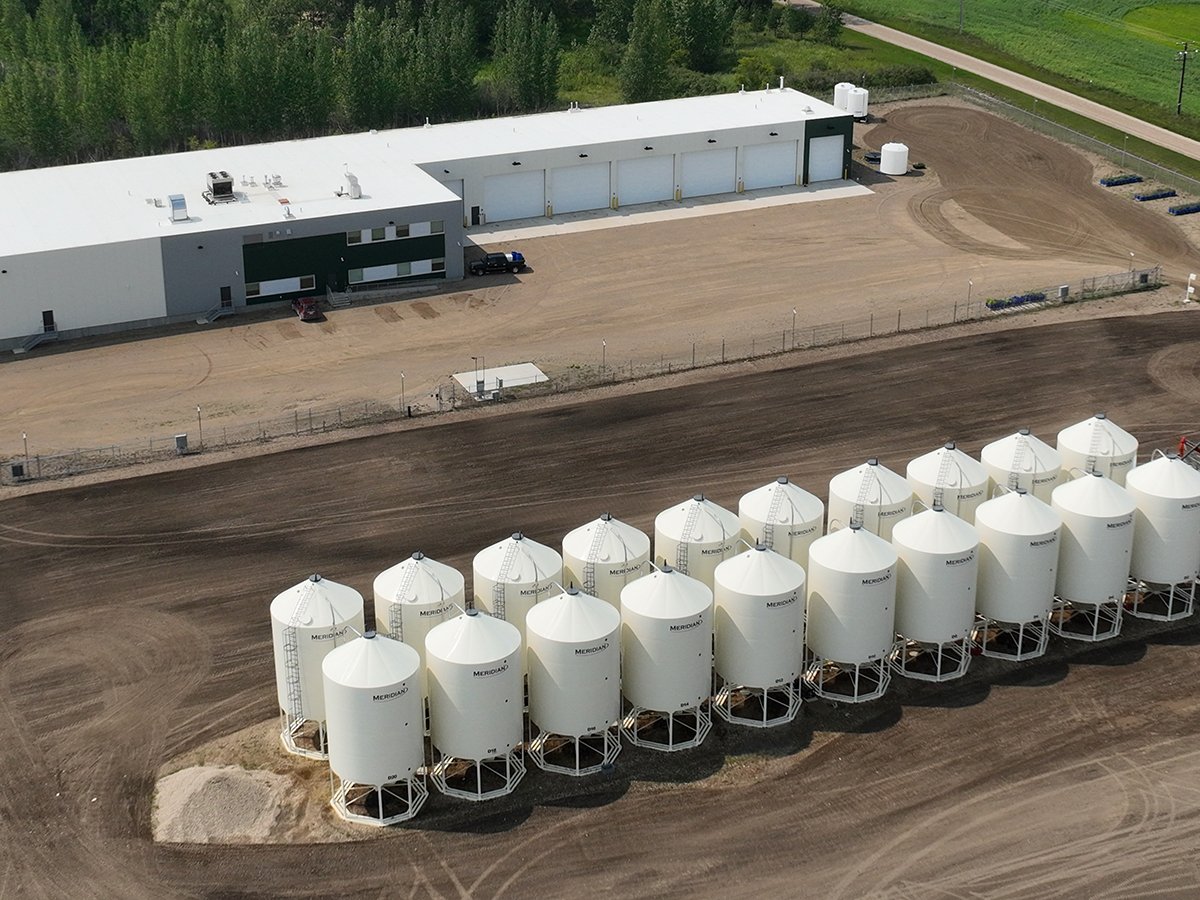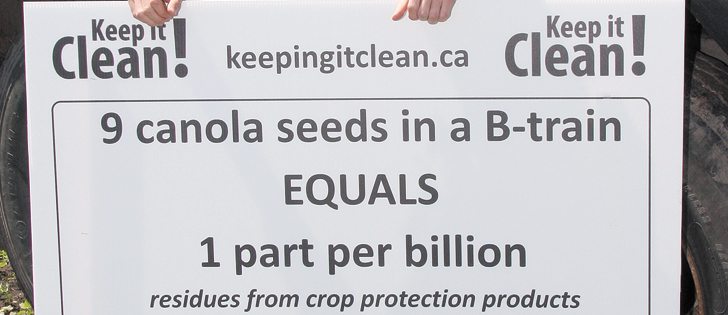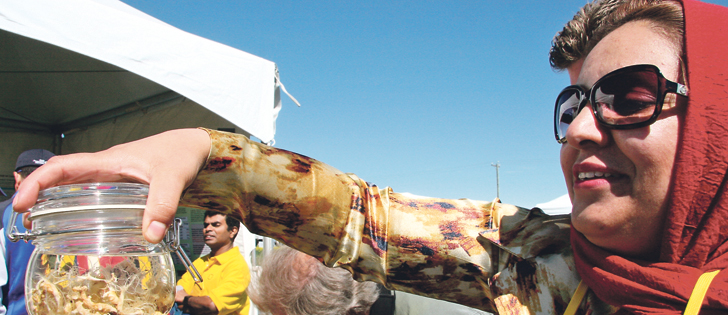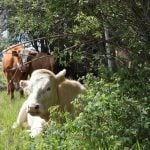PORTAGE la PRAIRIE. Man. — The Canola Council of Canada continues to express concerns about shipments being rejected by importing countries because of seeds contaminated with pesticide residues, blackleg traces or unregistered chemicals.
The Council’s Maxim Legault-Mayrand talked to growers at CanolaPalooza in Portage la Prairie about importing countries becoming more resistant to any contamination in canola shipments.
“Countries are testing more frequently in terms of pesticide residues,” says Legault-Mayrand, adding that our different customers test for different chemicals, using a variety of different tests.
“The tests are very sensitive. They can detect contamination down to the level of just nine seeds in a B-train. That’s the equivalent of one seed in one billion seeds. Their actual tolerance level is higher than that, but it points to the stringency of their detection tests.
Read Also

Saskatchewan firm aims to fix soil with compost pellets
In his business, Humaterra, Leon Pratchler is helping farmers maximize yields in the weakest areas of their fields through the use of a compost pellet.
“With a contaminated shipment, the worst situation would be that it’s returned or blocked at the country abroad. This means millions of dollars of losses to the exporters, the processors and others in the whole value chain.”
With those kinds of watchdog eyes scrutinizing our industry, Legault-Mayrand says growers should make certain they only apply registered crop protection chemicals and do so in strict accordance to the label. He says it’s a good idea to double check the product and label with their supplier and even with their grain buyer.
“Even if you do everything correctly, there’s no certainty that the shipment is completely clean. MRL (maximum residue limit) standards change frequently, so you have to keep on top of that.”
He adds that the genetically modified organism issue is different from the chemical contamination issue.
















